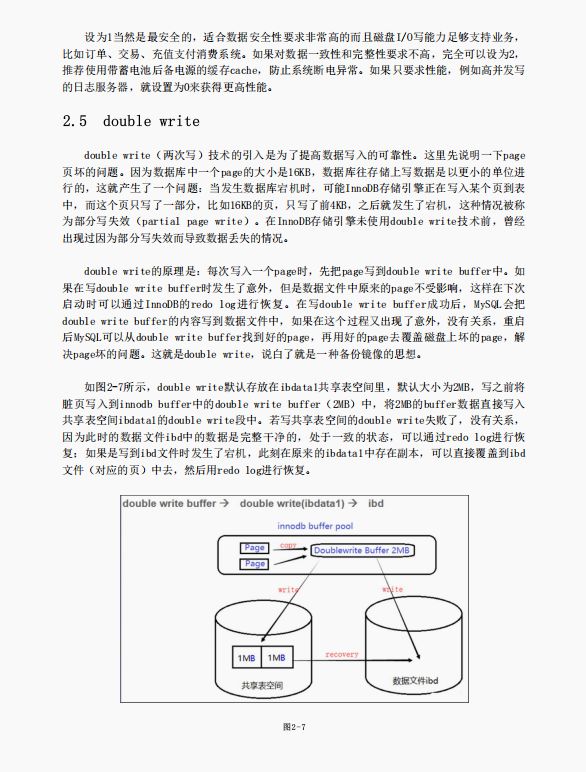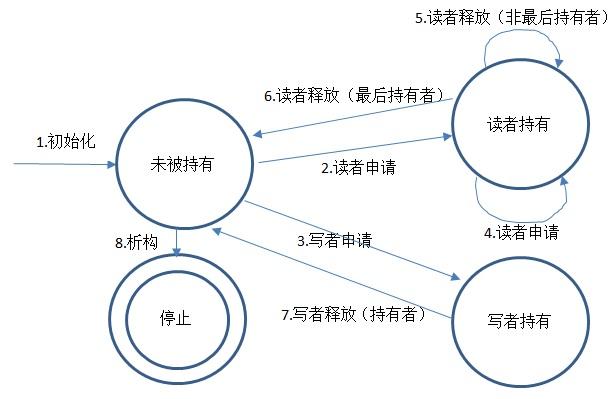
一、实验目的
通过读者—写者事例,熟悉、掌握互斥同步编程。
二、实验内容
模拟实现读者—写者事例,当有读者在读,允许其他读者读;没有读者读,允许写者写;有写者写,则不容许读者读。读者和写者是两个独立的线程,要求实现读者优先,即当有读者在读时,后续读者可以读,当最后一个读者读完才准许写者写,读者和写者线程须要互斥
三、实验代码
#include
#include
#include
#define N_WRITER 5 // writer count
#define N_READER 9 // reader count
#define W_SLEEP 1 // writer sleep
#define R_SLEEP 1 // reader sleep
// pthread type wid array, rid array
pthread_t wid[N_WRITER], rid[N_READER];
// Only one person can write
pthread_mutex_t writeLock = PTHREAD_MUTEX_INITIALIZER;
// Only one person can access readerCnt in the same time.
pthread_mutex_t accessReaderCnt = PTHREAD_MUTEX_INITIALIZER;
int data = 0;
int readerCnt = 0;
void write()
{
int rd;
rd = rand() % 1000;
printf("write %d\n", rd);
data = rd;
}
void read()
{

printf("read %d\n", data);
}
void *writer()
{
while (1) {
// lock the writeLock
pthread_mutex_lock(&writeLock);
write();
// unlock the writeLock
pthread_mutex_unlock(&writeLock);
sleep(W_SLEEP);
}
pthread_exit((void *)0);
}
void *reader(void *in)

{
while (1) {
// lock the accessReaderCnt for increase
pthread_mutex_lock(&accessReaderCnt);
// increase reader count
readerCnt++;
if (readerCnt == 1) {
// lock the writeLock when the readerCnt equals one
pthread_mutex_lock(&writeLock);
}
// unlock the accessReaderCnt
pthread_mutex_unlock(&accessReaderCnt);
// output the data value
read();
// lock the accessReaderCnt
pthread_mutex_lock(&accessReaderCnt);
// decrease reader count
readerCnt--;
if (readerCnt == 0) {
// unlock the writeLock
pthread_mutex_unlock(&writeLock);
}
// unlock the accessReaderCnt
pthread_mutex_unlock(&accessReaderCnt);
sleep(R_SLEEP);
}
}
int main(void)
{
int i = 0;
// create N_READER pthread for reader
for (i = 0; i < N_READER; i++) {
pthread_create(&rid[i], NULL, reader, NULL);
}
// create N_WRITER pthread for writer
for (i = 0; i < N_WRITER; i++) {
pthread_create(&wid[i], NULL, writer, NULL);
}
// sleep the main thread
while (1) {
sleep(10);
}
return 0;
}
运行截图
有了计划记得推进,不要原地踏步。

